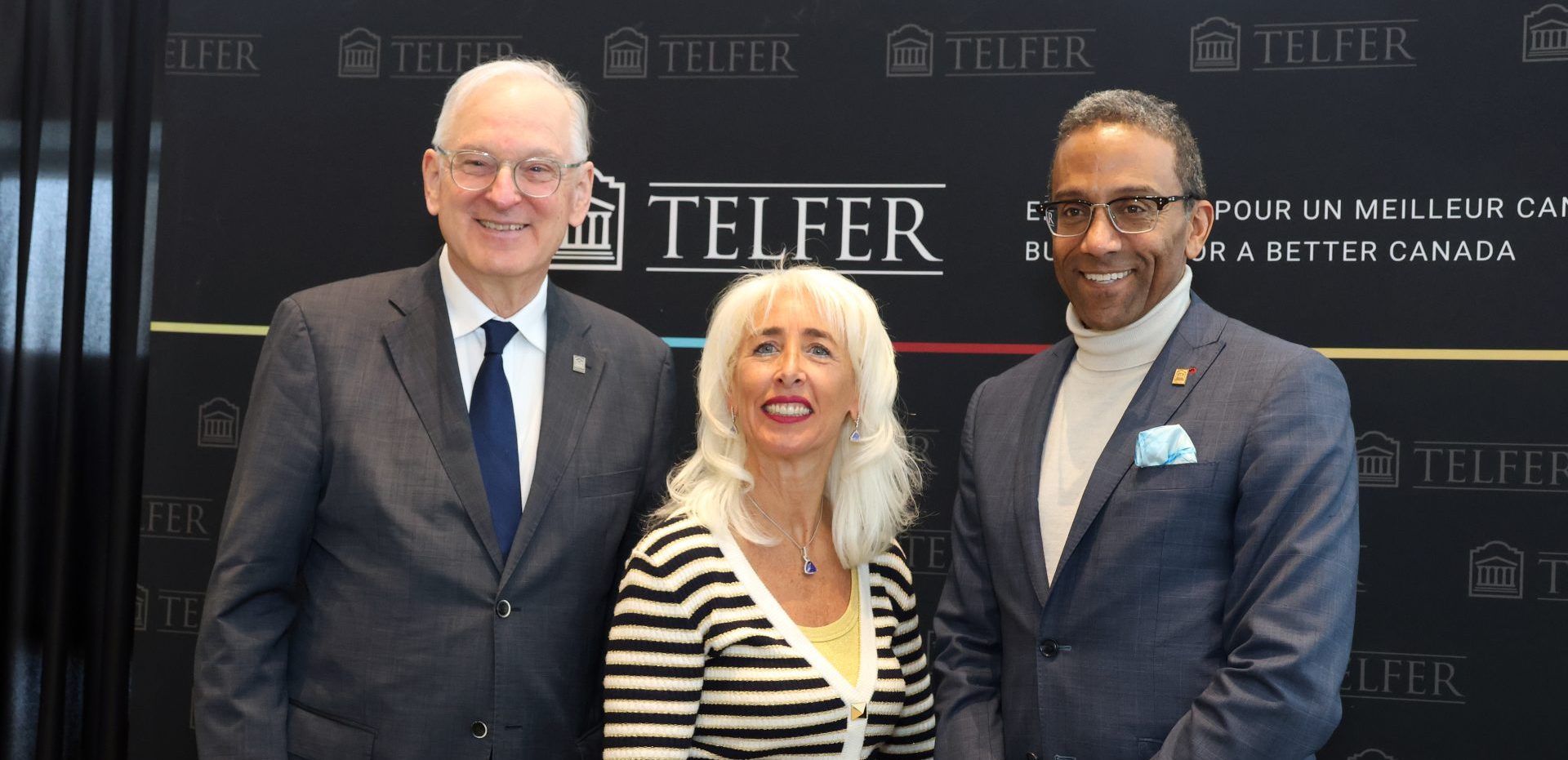LEADING THE BURGEONING SAN FRANCISCO TIGER 21 CHAPTER

An advisor gets a gig leading the burgeoning San Francisco TIGER 21 chapterThe peer group for the ultra-affluent hired Julie Garella, investment banker consultant, tochair (and grow) membership in the sudden-wealth zone of AmericaTuesday 8.14.12 by Kelly O’Mara Brooke’s Note: I like TIGER 21 and I like the direction that it’s headed. What I like about this group isthat it gives consumers who are privileged – but, yes, also burdened by – amounts of money that theskinniest of fraction of humanity has ever had to be stewards of, a place to compare notes. And I suspectthat one major item they compare notes on is to whom they choose to trust help them make the unendingdecisions that come with holding so many assets. I believe that the more wealthy people compare noteson financial advisors that the better the RIA business will grow and evolve. What I like about where TIGER21 is headed is toward greater growth, i.e. creating wider networks of notes-sharing individuals, a catalystfor understanding the advantages of professional, accountable advice. Here TIGER 21 comes to SanFrancisco, the seat of the RIA world, with a new and better community organizer if you will. Julie Garellacan help the richest people understand some of the big transactions that come down when you exist in aworld of big bucks. It’s hard to imagine a big downside here for either side.Julie Garella has had a prolific career as an investment banker.She was senior vice president at CitiGroup and head of the globalmarket capital strategies division. Before that, she co-foundedFairview Capital, an investment banking and venture capitalfirm; Carnegie Capital Advisors, an investment advisory firmspecializing in illiquid investments; and McColl Garella LLC, aninvestment banking firm, with Hugh McColl, the former chairmanof Bank of America.In 2007, she left behind the corporate world to start her owninvestment and financial advisory consulting firm, called GrayhorseCapital Partners, which provides M&A and recapitalization servicesfor high-net worth individuals and private companies.Now, she finds herself in the enviable position of being the newlyappointed chair of the San Francisco chapter of TIGER 21, ainvestment and peer education group for high-net worth individuals- those with exactly the type of problems Garella advises onat her consulting firm. See: Why the San Francisco Bay area isalmost certainly the capital of the RIA business.It’s a group “most advisors would give their left arm to be in frontof,” says Tim Welsh, president of Nexus Strategy. And, beingchair can’t be bad for business.Dream jobTIGER 21 [full name: The Investment Group for Enhanced Results in the 21st Century] is made up of high-net worth individuals with at least $10 million in investable assets. The organization aims to provide supportand information on the kinds of problems that only the rich have. And, chairing a chapter would seem like awindfall for any financial advisor aiming to serve the ultra-wealthy.That can be true even if there is no direct solicitation.Garella says that gaining business or clients is “completely not the purpose” of being chair and she has nointention of seeking business from members. But, Welsh points out that even without directly selling oneself,the connections can still be valuable because people like to do business with people they know and makingcontacts through an organization like TIGER 21 “builds credibility” within the network of high-net worthinvestors. See:Tiger 21 members have shifted priorities in choosing who manages their investments.In fact, he says, for high-end organizations like TIGER 21 the benefit comes solely from that kind of visibilityand networking, because “no one in their right mind” would try to make direct pitches selling their productsor services to members. “That would be crazy,” he says, because it would make an advisor look bad, createconflicts-of-interest, and most likely generate backlash.This kind of visibility-building is actually not uncommon at lower levels either, he says, where volunteers formany financial organizations will be wholesalers or those otherwise connected with the industry.In fact, the benefits go both ways. Garella’s successful practice is helpful to the TIGER 21 members, saysTIGER 21 president Jonathan Kempner, as she’s able to offer expertise and knowledge to go with herrolodex. It was Kempner who reached out and asked Garella to chair the San Francisco chapter – a job forwhich she’s being “paid very well,” says Kempner.The hope is that she can leverage her knowledge and contacts to pump up a chapter that has been laggingin recent years. The former chair of the San Francisco chapter actually lived in San Diego and flew up oncea month, which made it hard for him to recruit members and speakers and became simply too taxing.What $30,000 gets youAlthough TIGER 21 has lofty goals, chief among them creating a learning network for high-net-worthindividuals and providing support in candid discussion forums, it is not a charitable organization. Memberspay $30,000 annually to join TIGER 21 and must have at least $10 million in liquid assets ready to invest.TIGER 21 has about 200 members nationwide, who have $18 billion in total assets. Those members oftenmade their money in industries like real estate, finance, retail, entertainment, legal services, and medicine.And while the average age is around 50, says Kempner, members range from 20- to 70-years-old. See:Russell Investments and Fidelity both see disconnect between HNW investors and RIAs in separate studies.For such investors, $30,000 is “in the scheme of things, quite modest,” says Kempner. There are plenty ofpeople nationwide, he says, who are willing to pay, but either don’t become members because they aren’ta good fit or because they realize they can’t quite afford it.The $30,000 buys membership into the organization, which has chapters in most major cities in the country.It also pays for support staff in New York, who help coordinate speakers on topics members want to hearmore about and provide educational packets and information on investment topics. It pays for qualifiedchairpersons to run and plan meetings and vet new members. And, every member is invited with theirfamilies to the annual conference, which this year was held in ??? and had speakers like George Roberts, Cal Ripken Jr., Howard Marks, and Tim Draper.The members are willing to pay, because the problems of the uber-wealthy are not the same problems ofthe rest of us.Many times when people sell a business or have large amounts of liquid assets, says Kempner, they don’tnecessarily know how to deal with that money. Just because they were good at running a company, doesn’tmean they know how to run their personal finances. And, frequently, it’s hard to turn to relatives or friends,because they aren’t having the same problems and don’t necessarily want to hear about the complex taxquestions from owning multiple companies or what to invest an extra $1 million in.”TIGER 21 is focused on helping people who’ve created liquidity,” says Garella. Once you sell your business,that’s great, but “you have a whole new set of problems.”The city by the bayThe organization has chapters in New York, Los Angeles, San Deigo, Washington D.C., Miami, Dallas,Toronto, Vancouver, and Montreal – most with 10-14 members and some places with multiple chapters.But, although the San Francisco chapter of TIGER 21 was established in 2006, it has just six members.There are certainly a large number of qualified investors in the Bay Area, says Kempner, and it would seemthe perfect place for a group focused on education and thought-provoking discussion. See: Why the SanFrancisco Bay area is almost certainly the capitol of the RIA business.He believes that while the former chair was well-connected and worked hard, flying up from San Diego everymonth for the meetings simply didn’t lend itself to fostering a sense of community and making connectionsthroughout the region that would help the chapter grow. Kempner is hoping Garella will change that. Shewill look to add four to eight new, qualified members, possibly start additional chapters in Silicon Valley andSonoma/Napa, and organize meetings with top speakers and investment opportunities.Garella moved to Sonoma, just outside San Francisco, after starting Grayhorse. Grayhorse primarily servesa handful of privately held companies and high-net worth individuals, who look very similar to the membersof TIGER 21, but also has family offices who ask Garella to consult on deals or transactions for their clients.Jonathan Kempner: We are not investment advisors.Jonathan Kempner: We are not investmentadvisors.Since moving there, Garella says it’s amazing how many incredibly intelligent, incredibly wealthy peoplethere are in the San Francisco Bay Area – making it ideal to grow the TIGER 21 chapter. But, in order to getthose intelligent, successful -and busy people to join TIGER 21 and want to spend their time at meetings,Garella’s has to give them something worth taking up their time.”I want to create meetings where you go ‚ÄòWow, I’ll give up a day to meet with these people and talk aboutthose issues,'” says Garella.Defend yourselfA typical TIGER 21 meeting, says Kempner, usually includes one or two speakers on investment topics.Speakers are picked from a stable of presenters who have been well-received at other panels. Understandably,it’s not hard to get people interested in speaking to a group of wealthy investors. “The presenters line-up to present,” says Kempner. But, while members are welcome to invest with a speaker, the speeches that arepurely sales pitches “go over poorly,” he says.After a presenter speaks for 20 minutes or so, members will ask questions for 20 minutes – typically anopportunity for tough questions, says Kempner, and then the speaker will leave the room and the memberswill dissect the presentation among themselves for 20 minutes.Meetings can also include something known as The Portfolio Defense.In a session of portfolio defense, one member presents their portfolio, goals and strategies to the others,who offer feedback – sometimes brutal feedback. One TIGER 21 member might say they want to investmore in real estate. As the group looks through that member’s portfolio, they would critique different realestate endeavors or, perhaps, point out that in reality very little of the assets are actually in real estate.Another group member might suggest a development that would offer a better investment opportunity.Although the members aren’t professional investment advisors, Kempner says that’s the point. They’re ableto each bring their own expertise and offer advice that isn’t conflicted by their own interests.”We are not investment advisors,” says Jonathan Kempner. “The cumulative effect is that you just gettremendous insight.”Checks and balancesWhile there are good advisors, he concedes, many are offering conflicted advice or have their own interestsin mind. Most of the members of TIGER 21 do have professional financial managers and advisors in addition,but being able to get advice from and talk to people going through the same things offers “good checks andbalances,” he says.Garella says she was attracted to the organization by the idea of learning and talking more about the sameissues and topics she works with clients on. And, the atmosphere at TIGER was a particular draw, she says.”TIGER has created a very unique and dynamic environment,” says Garella.
About TIGER 21
TIGER 21 is an exclusive global community of ultra-high-net-worth entrepreneurs, investors, and executives.
Explore the TIGER 21 Member Experience







